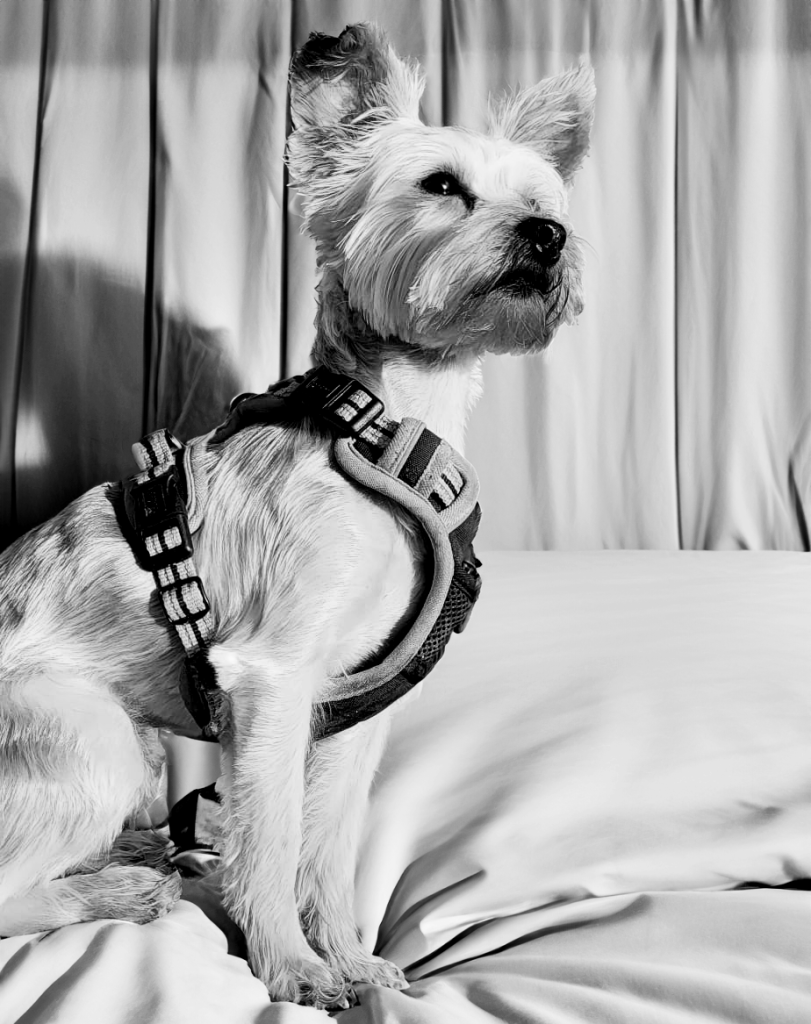
A Barrier to Refuge
Shockingly, pets themselves can become a barrier to survivors seeking refuge from abusive relationships. Many survivors stay with their abusers out of concern for their pets’ safety or loyalty to their animal companions. Survivors may be unable to use foster care services due to their significant reliance on their pets for emotional support and protection.
Compounding this issue is the lack of animal-friendly accommodation in domestic abuse services. Many shelters do not accommodate animals, or they only accept therapy or service animals. This leaves survivors without viable alternatives, unaware of existing services such as temporary pet fostering.
Furthermore, survivors often face isolation from their friends and family due to their abusers’ tactics. Even if contacts are still in place, there may be no one willing or able to care for the victim’s pets, leaving them with an agonizing choice between their own safety and the well-being of their animals.
Domestic abuse is an enduring societal issue, but one aspect often overlooked is the cruel connection between domestic abuse and animal cruelty. This disturbing phenomenon, recognised by those in the field, remains insufficiently acknowledged by the general public. Extensive research conducted across North America, the UK, and Australia has irrefutably established the existence of animal cruelty in relationships marred by domestic abuse. Within this context, violence towards pets is a weapon of choice used by abusers to exert power and control over their victims. This article delves into the historical roots of this issue, the profound impact it has on animals, survivors, and children, and the significance of companion animals in these dire circumstances.
The Significance of Companion Animals
Companion animals, often cherished pets, provide an invaluable source of solace and support to survivors of domestic abuse. They offer something that is often missing in abusive human relationships: unconditional love and non-judgment. Survivors find solace in the affection and presence of their companion animals, which helps them cope with the emotional and physical trauma they endure. Studies, such as the one by Beck and Madresh in 2008, have shown that the bond with a companion animal offers consistent and controllable relationship security. This bond offers emotional support and a unique form of physical relief, especially for children who may find comfort in cuddling with their furry friends.
For many survivors, their pets become their lifelines, providing a semblance of normalcy and stability in the midst of chaos.
Protection Through Pets
Companion animals also play a crucial role in providing physical protection to survivors. In some instances, they act as a barrier, absorbing the abuse intended for the survivors. This leads to survivors taking significant risks to protect their beloved pets, including the decision to stay in an abusive relationship to ensure the animal’s safety. Perpetrators often use threats against the pets as a means to control and manipulate their victims, further cementing the survivors sense of helplessness.
A study conducted by Newberry in 2017, titled ‘Pets in Danger: Exploring the Link between Domestic Abuse and Animal Abuse,’ revealed that pets are often used as tools for abuse and control in various ways:
Coercive Control: Abusers exploit the victim’s emotional bond with their pets by threatening or using violence against them. This manipulation sends a chilling message to the victim about the abuser’s capability and becomes both a barrier to leaving and a reason for returning to the abusive relationship.
Emotional/Psychological Abuse: Abusers may sell or rehome pets without the victim’s knowledge, or threaten to call authorities and falsely blame the victim for violence to have the pet removed. This emotional manipulation isolates the victim further and deepens their dependence on the abuser.
Physical Abuse: Some abusers resort to physical violence against the pet to force the victim’s obedience. Disobedience can result in increased abuse towards the animal, even if the victim has returned for the animal’s sake. Jealousy over the attention given to the pet can also trigger physical abuse.
Economic Abuse: Abusers may restrict or prevent access to finances needed for pet necessities, further increasing the victim’s dependence on the perpetrator.
It is worth noting that not all perpetrators of domestic abuse also commit animal abuse, and vice versa. However, the mounting evidence underscores the significance of this issue. Moreover, determining whether animal abuse occurred before domestic abuse or as a consequence of the relationship can be challenging, given the complex dynamics involved.
What are we doing about it?
In a promising step towards combating the complex challenges posed by the intersection of domestic abuse and pet ownership, Valley House has a limited number of pet-friendly properties. Recognising the vital role that companion animals play in the lives of domestic violence victims, Valley House is committed to providing a safe haven not just for individuals but for their cherished pets as well. By offering these pet-friendly properties, Valley House seeks to empower victims to seek refuge without the anguish of leaving their beloved animals behind, fostering an environment where survivors can heal and rebuild their lives with the unwavering support of their loyal companions by their side. This initiative represents a significant stride towards addressing the often-overlooked issue of pets in domestic violence situations and reaffirms Valley House’s dedication to providing comprehensive care to those in need.
Check out our Blog! for more updates on what’s going on at Valley House.




